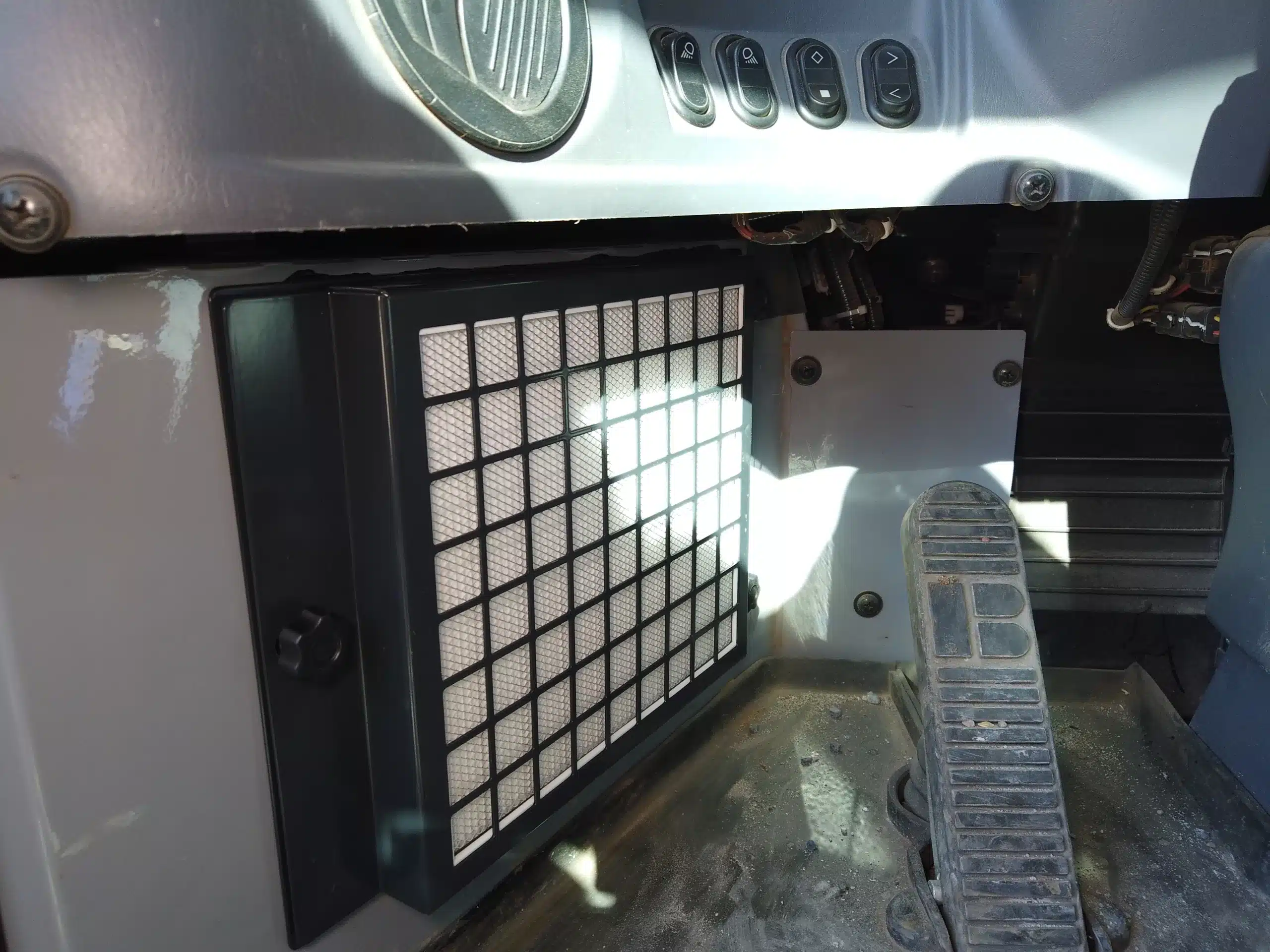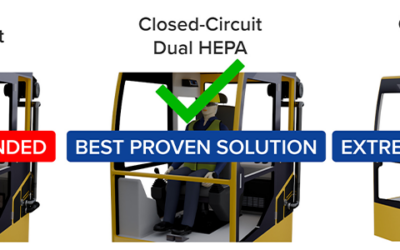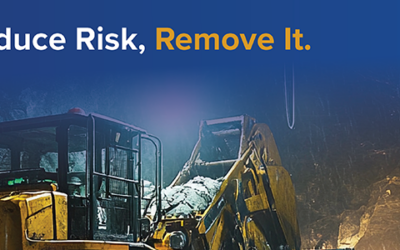DPM (Diesel Particualte Matter) is a group one carcinogen
June 6, 2021

Aerosol & DPM: controlling hazardous submicron respirable particles
At mineral processing sites, there are lots of substances that can remain airborne for days depending on the size of the particulate matter (PM).
There are sites that must mitigate against sulphur dioxide and other toxic gases with mild to dangerous health effects depending on concentration.
The emerging issue is diesel exhaust emissions emissions which are classified as DPM (Diesel Particulate Matter) these may be the some of the most hazardous exposures at underground mines and above ground operations. The composition of diesel particulate matter is complex and the reason that there is so much potential risk to health.
Diesel exhaust includes more than forty substances that are listed as hazardous air pollutants and fifteen are listed as carcinogenic to humans.
Furthermore, chemical reactions in the atmosphere contribute to secondary particulate matter reactions; again, with carcinogenic properties. Diesel combustion particles are made up of fine particles (PM 2.5) combined with a high level of ultrafine particles (PM 0.1) The particulate that is in the PM2.5 range deposit in the deep tissue of the lung exactly where the human body is not able to expel these.
The fraction at PM 0.1 has been shown to cross from airways into our bloodstream.
The solution is well ventilated areas with isolation measures and the best practice is to utilize a multitude of controls. An environmental cabin / enclosure equipped with fresh air pressurisations is the best practice to ensure a safe work environment for the operator (Doors and windows must remain closed always).
The cabin / enclosure must be installed with HEPA filtration to separate airborne fine particles.
The cabin / enclosure must also be equipped with an activated carbon filter phase to adsorb airborne ultrafine particles.
Sites in Western Australia utilising HEPA filters in a fresh air pressurised cabin have halved their exposure values.
Related Articles
Comparing Cabin Filtration Systems: What is the BEST?
In high-risk industrial environments such as mining, tunnelling, construction, and heavy machinery...
BreatheSafe at the Underground Operators Conference
As the Underground Operators Conference approaches, we caught up with Kelvin Wright, BreatheSafe’s...
Holiday Closure Dates
Thank you to all our customers, suppliers, friends and family for a wonderful year! During the...



